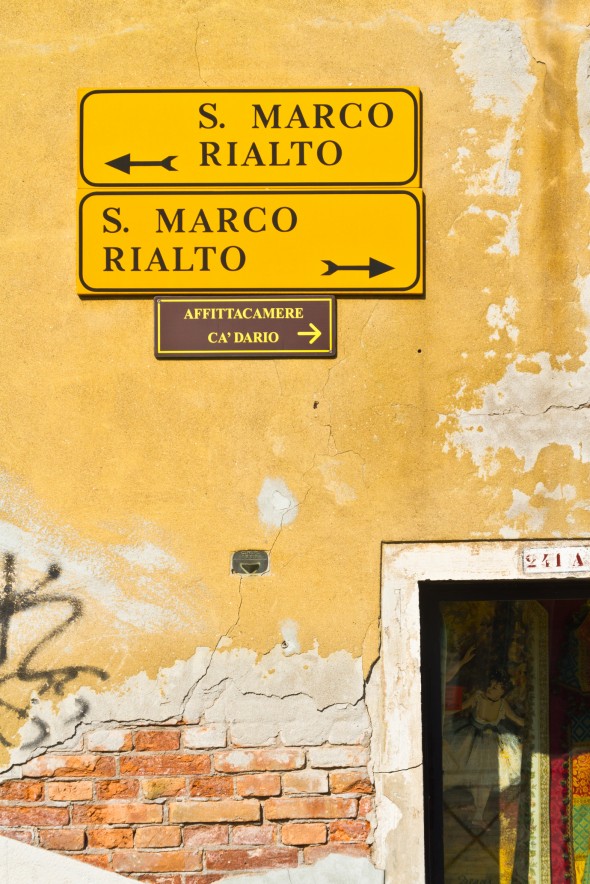20 Things to do in Venice - 14/20 Getting Lost in Venice
/There is nothing, I repeat nothing, that is as important when you’re visiting Venice than just wandering aimlessly through its streets and alleys. If you only had 3-4 hours in the city, I’d recommend that you do this before you set foot inside a single museum or attraction – it’s that critical to enjoying your visit. By wandering (especially if you point yourself in the exact opposite of the direction where the herd is going) you can find Venice’s many charming and often-empty squares and streets, which goes a long way toward helping you appreciate the city. I’d almost say you could ignore basically everything else on this list and just stroll around without a map… But although I might not go that far (again, unless you’ve only got 4 hours or less), I do consider the sentence “get lost in Venice” an order, not a suggestion.

But really, the point of Venice – for me, anyway – is to wander its maze-like alleyways and bridges, getting thoroughly lost and then finding your way back to something familiar. It’s about accidentally finding a gondola workshop where the men are working their lathes into the groove of the boats outside in the sun. It’s about seeing a market boat (rather than a brick-and-mortar store) selling Venice’s few residents their vegetables and fish. And it’s quite a challenge to do any of that in a day-trip, or by staying close to the Piazza San Marco.







 Venice woke up this morning under a heavy blanket of fog adding to the atmoshere of the city.
Venice woke up this morning under a heavy blanket of fog adding to the atmoshere of the city.





